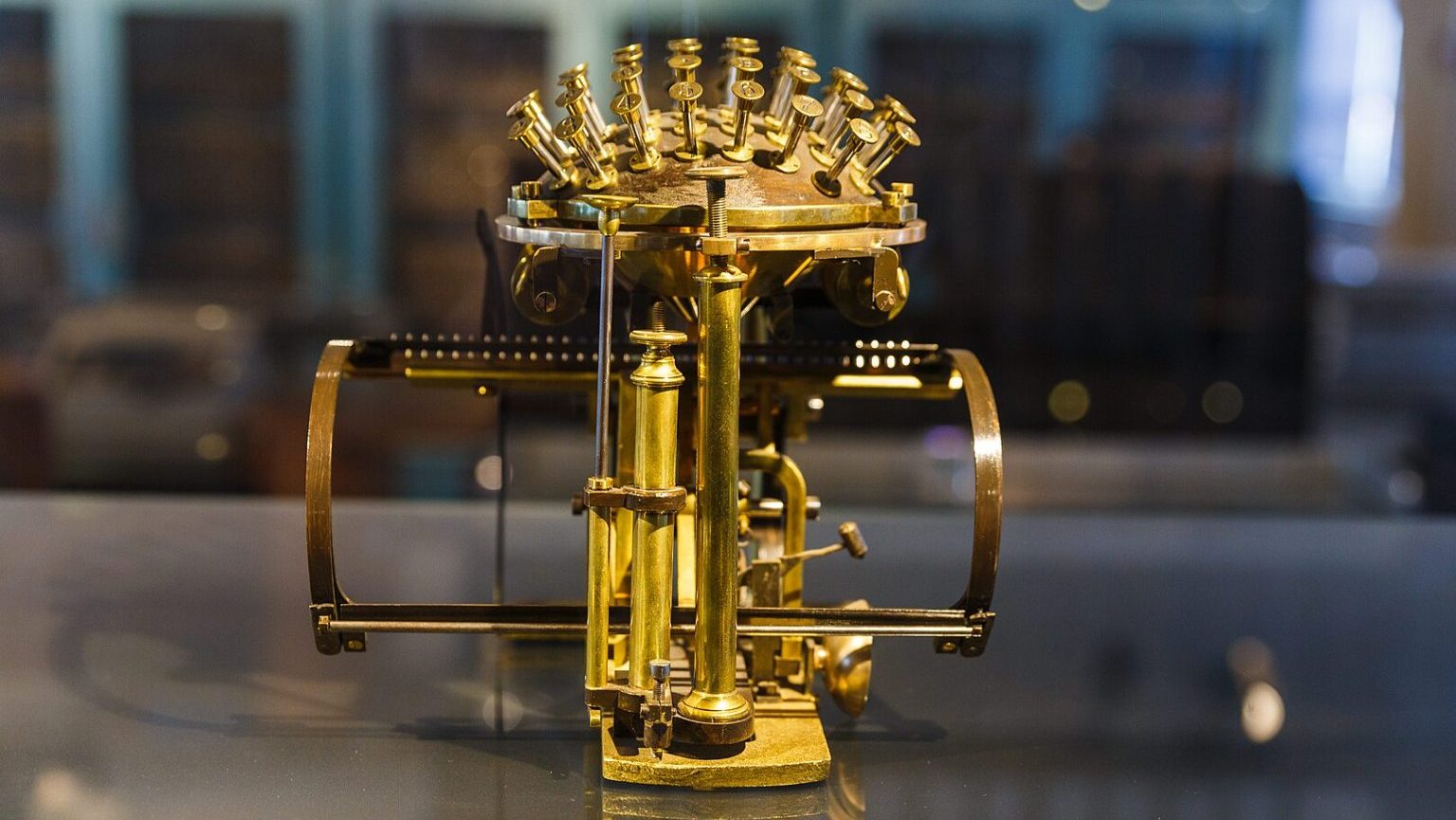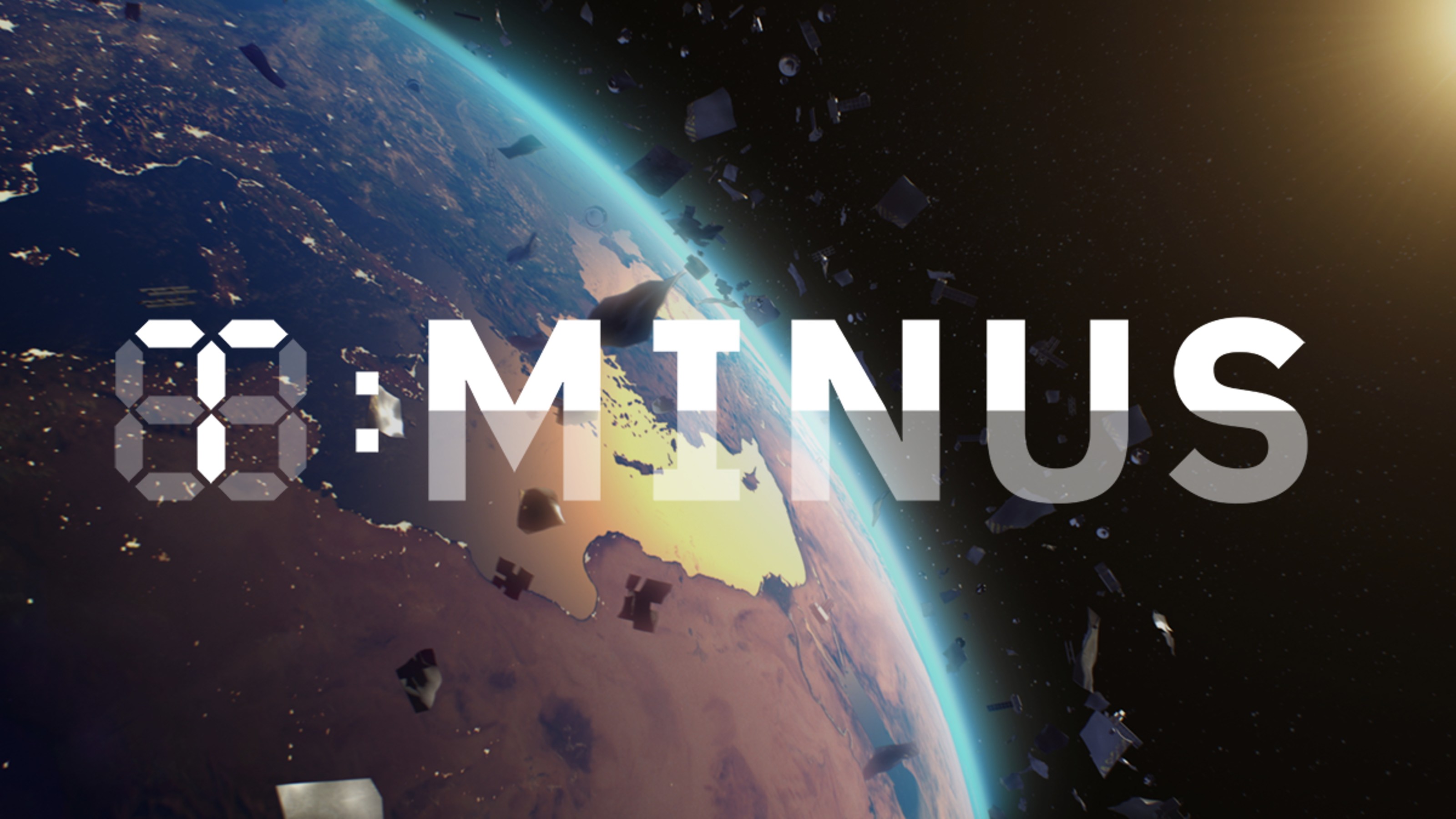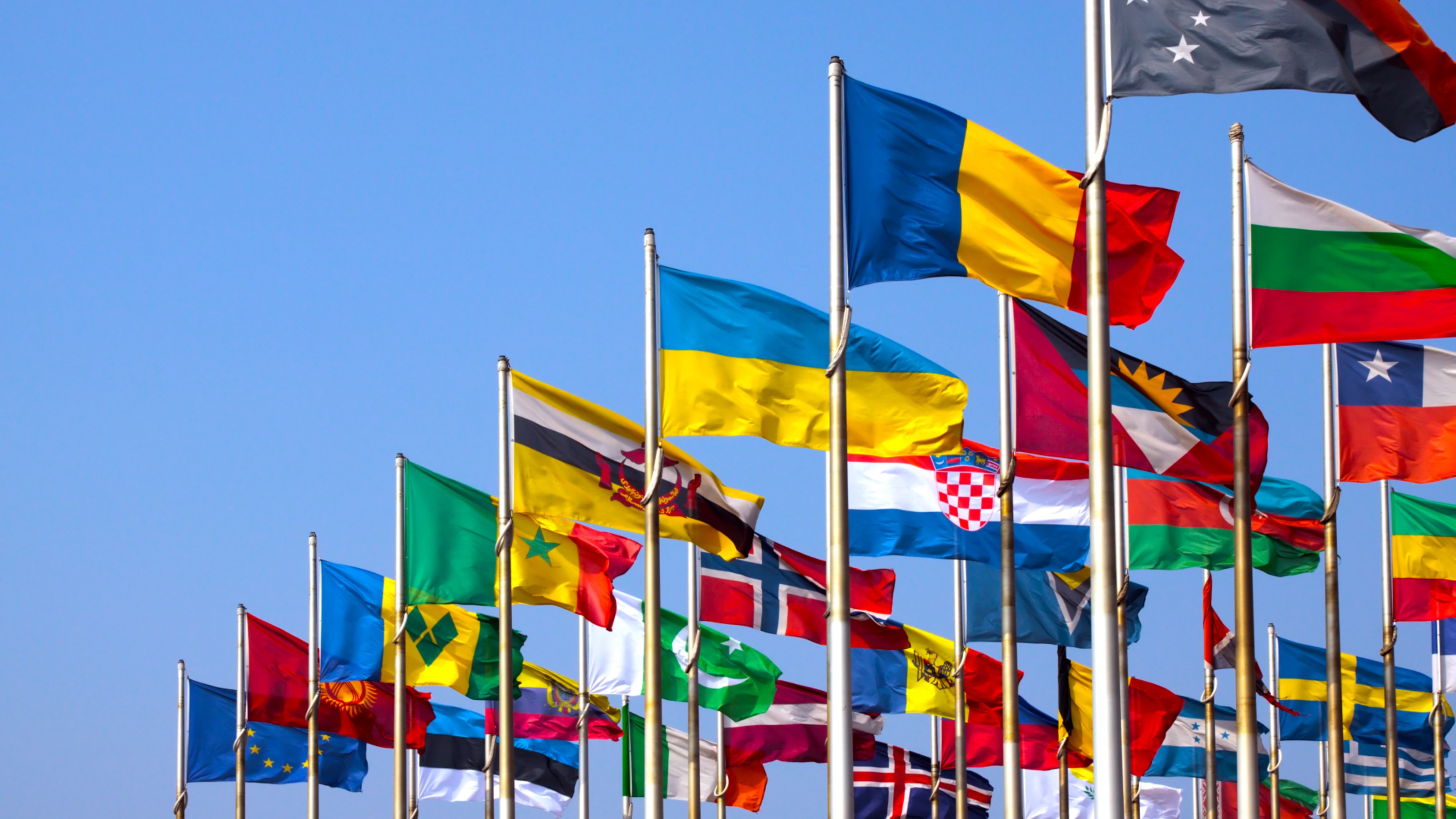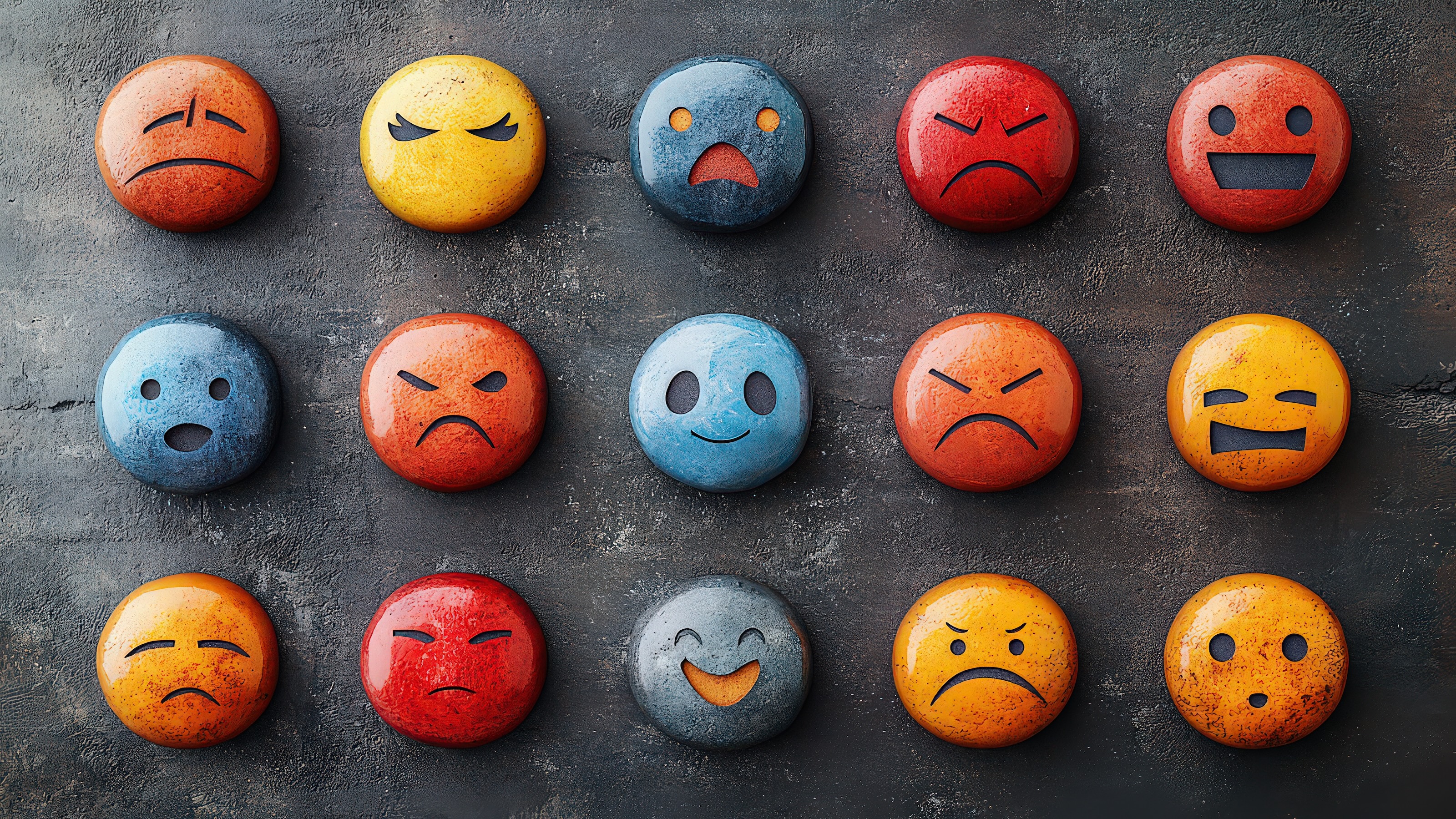Crystal Mountains
Crystal formations on the moon’s surface, found by India’s Chandrayaan-1 probe, prove that “a rolling ocean of magma once engulfed the rocky body of our satellite,” says The New Scientist. “The moon is thought to have coalesced more than 4 billion years ago from the molten debris of an impact between the Earth and a Mars-sized object. Models suggest that heat from that impact, as well as from material compressing to form the moon, created a sea of magma that lasted for a few hundred million years. Heavy, iron-bearing minerals should have sunk through this magma to form the moon’s mantle, while lighter, iron-poor minerals called plagioclases should have crystallised and floated to the surface. But it has been difficult to find direct evidence of the moon’s primordial crystalline crust, as it was likely jumbled by meteoroid impacts and paved over by lava flows early in the moon’s history. Until recently, the only evidence came from lunar samples collected at a few sites by the Apollo astronauts.”




